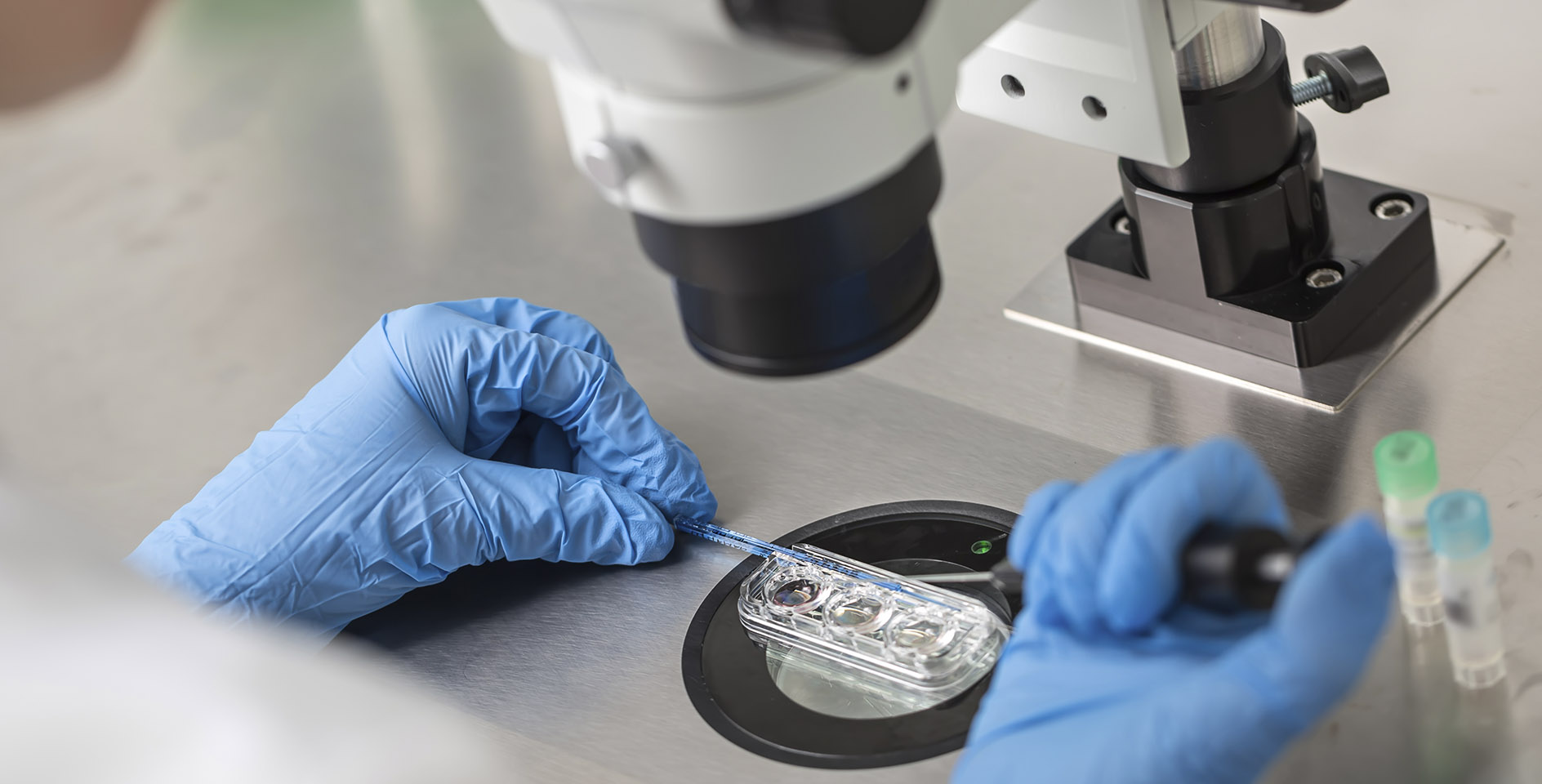Editor’s note: This is the sixth article in a monthly series on what Christians should know about bioethics.
In this series we’ll be covering three broad areas of bioethics categorized as “making life” (beginning of life issues, such as reproductive technologies), “taking life” (end of life issues, such as abortion and euthanasia), and “faking life” (the melding of human biology with machines or other species).
Each category comes with a dizzying array of terms, some that are technical and some that are common but whose meanings differ from normal usage. Since understanding the ethical issues requires understanding how the terms are used, we need to develop a glossary of terms. The following are common terms related to “making life.” Whenever the meanings of terms are generally disputed, I’ve relied on the common understanding used by the majority of evangelical Christian bioethicists:
An A to Z glossary of terms related to 'making life.'
Artificial insemination – the intentional introduction of sperm into a female's uterus or cervix for the purpose of achieving a pregnancy by means other than sexual intercourse. (Source)
Assisted reproductive technologies – the term for all techniques involving the direct manipulation of human eggs, sperm, and/or embryos outside the human body. Sometimes abbreviated as A.R.T. or simply as reproductive technologies. The most common form of assisted reproductive technology is in vitro fertilization. (Source)
Conception – the fertilization of a female gamete (egg) by the male gamete (sperm), which creates the life of new human being. Because fertilization is a process, the term conception is sometimes used to refer to the beginning of the fertilization process when the sperm and egg are fused, the end of fertilization (syngamy), full genetic expression (when the human being has reached the stage of being 8-cells), or implantation (around 7-10 days after fusion). (Source)
Donor gametes – the donation of gametes (either sperm or eggs) by a third-party. Donor games are often combined with the gametes of one member of an infertile couple to ensure that one parent has a genetic link to the child.
Ectopic pregnancy – a pregnancy where the embryo implants outside the uterus (usually in the fallopian tube), where the baby will not live. (Source)
Embryo – In human development, the stage of development between 5 and 11 weeks.
Embryo cryopreservation – the process of preserving embryos created during IVF at sub-zero temperatures for potential, later implantation.
Fertilized egg – the term is sometimes used to designate the time period (about 20 hours) after the sperm has penetrated the egg but before syngamy has occurred. However, the term is often mistakenly used to refer to the zygotes or embryos, which have already fused and the egg (female gamete) no longer exists as a separate entity.
Fertilization – the process that begins when the sperm penetrates the egg and ends at syngamy.
Fetus – In human development, the stage of development from the twelfth week until birth.
Gamete – a type of cell that fuses with another cell during conception to create a new and distinct human being. The female gamete is called the oocyte (ovum or egg) while the male gamete is the sperm.
Gestation – the time between conception and birth, during which the embryo or fetus is developing in the uterus. Also known as pregnancy. (Source)
Human being – an individual human that is created at conception (the beginning of fertilization) and exists throughout every stage of development (e.g., infancy, adolescence, adulthood).
Implantation – the stage of pregnancy at which the zygote adheres to the wall of the uterus.
Infertility – the inability either to conceive after one year of unprotected intercourse or to carry a conception beyond the first trimester (twelve menstrual weeks). (Source)
In Vitro Fertilization – the use of assisted reproductive technologies to manipulate the gametes into the process of fertilization that occurs outside of the womb (“in vitro” means “in glass” as opposed to “in vivo”, within a living tissue system).
Miscarriage – the unintentional ending of a pregnancy prior to 20 weeks gestation. The term miscarriage is often preferred to the medical term is “spontaneous abortion,” because of the association of with an “elective abortion.”
Oocyte – the technical term for the human female gamete, often colloquially referred to as the “egg.”
Oocyte cryopreservation – the process of preserving female gametes (i.e., eggs) at sub-zero temperatures for potential, later conception using assisted reproductive technologies.
Ovarian stimulation – the use of medication to stimulate ovulation, either to correct infertility or as a precursor to in vitro fertilization. (Source)
Personhood – Most Christians believe that all human beings are persons, and thus when conception creates a new life what is created is both a human being and a human person (Psalm 139:13-16). The secular view, however, is that personhood is not conveyed to all human beings automatically and is based on either a later state of human development (e.g., implantation, birth, etc.) or after meeting certain functional criteria (e.g., viability outside the womb, the ability to feel pain, etc.).
Secondary infertility – a term applied to couples who have successfully given birth to one or more children and then are unable to conceive over one year’s time. (Source)
Spermatozoa – the technical term for the human male gamete, often referred to simply as “sperm.”
Sperm cryopreservation – the process of preserving male gametes (i.e., sperm) at sub-zero temperatures for potential, later conception using assisted reproductive technologies.
Stillbirth – the death of the child during or before birth. In the U.S., a baby that dies before birth but after having passed the 20-week mark is considered stillborn. (Source)
Surrogacy – the term for when one woman agrees to carry a child through pregnancy and deliver it on behalf of another person. The surrogate may either be the child’s genetic mother (traditional or genetic surrogacy) or carries a child that has been implanted into her for which she has no genetic relationship (partial surrogacy).
Surrogate mother – a woman who engages in surrogacy on behalf of another. Sometimes called a gestational carrier. If the woman receives compensation for carrying the child it is considered a commercial surrogacy. If she receives no compensation (other than medical costs, etc.) it is considered an altruistic surrogacy. (Source)
Syngamy – the stage of fertilization when the gametes have completed fused and combined their DNA. The step usually occurs about 20 hours after the sperm has penetrated the egg and started the fertilization process.
Zygote – In human development, the stage of a human between the beginning of conception (a single cell being) until it becomes an embryo (i.e., about the fifth week of development).










